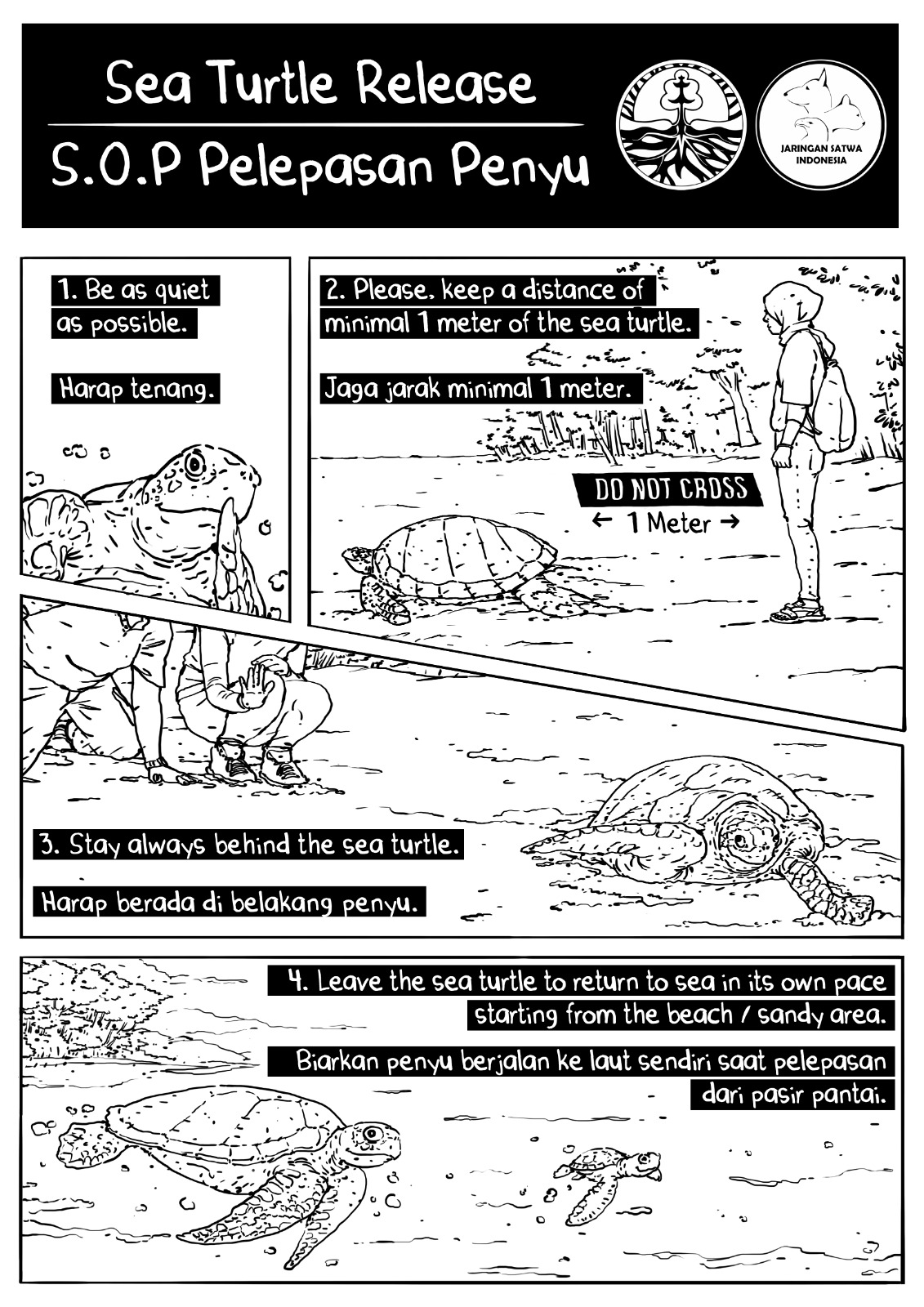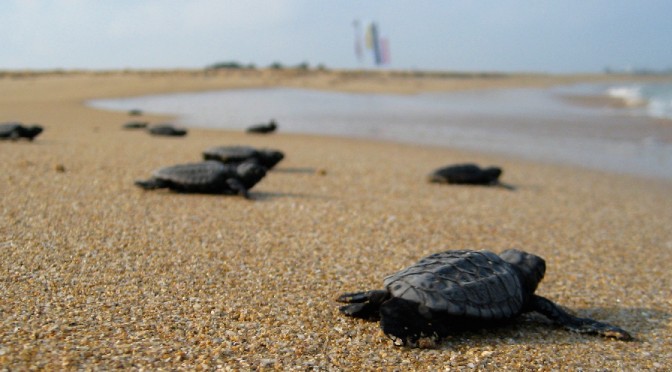
Here is a short video of the releasing of 117 Sea Turtle hatchlings. Hopefully they will find their way out their in the big ocean and return once again when they are ready to lay their eggs.
VID_20150330_122822
Within the Thousand islands JAAN also helps protect Sea Turtles. In the area the critically endangered Hawksbill Turtles do still lay their eggs despite the many threats and nuisances they are facing with such as new coastal constructions, lights on the beach areas and the building of walls etc around the small reef islands. It becomes a greater challenge for the turtles to lay their eggs when they return to their beach of origin.
JAAN doesn’t agree with the non natural hatch centers where Sea Turtle eggs are brought in to hatch inside plastic buckets and the hatchlings are placed inside plastic tanks. This is very unnatural and might harm the turtles not only those individuals inside the tanks but also have a bigger impact on the Sea Turtle population due to wrong temperatures during the ‘nesting’ period which effects the gender of the hatchlings.
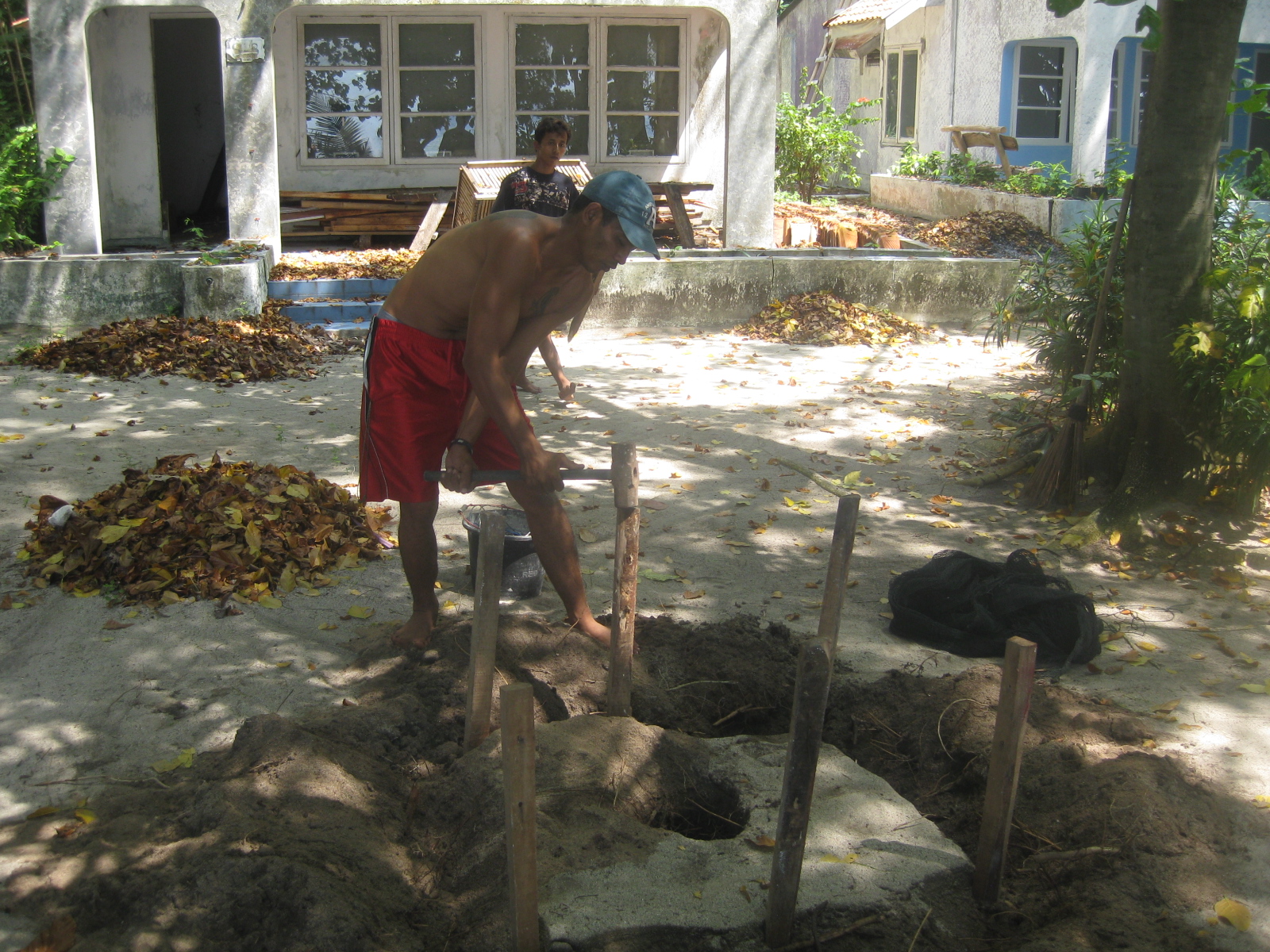
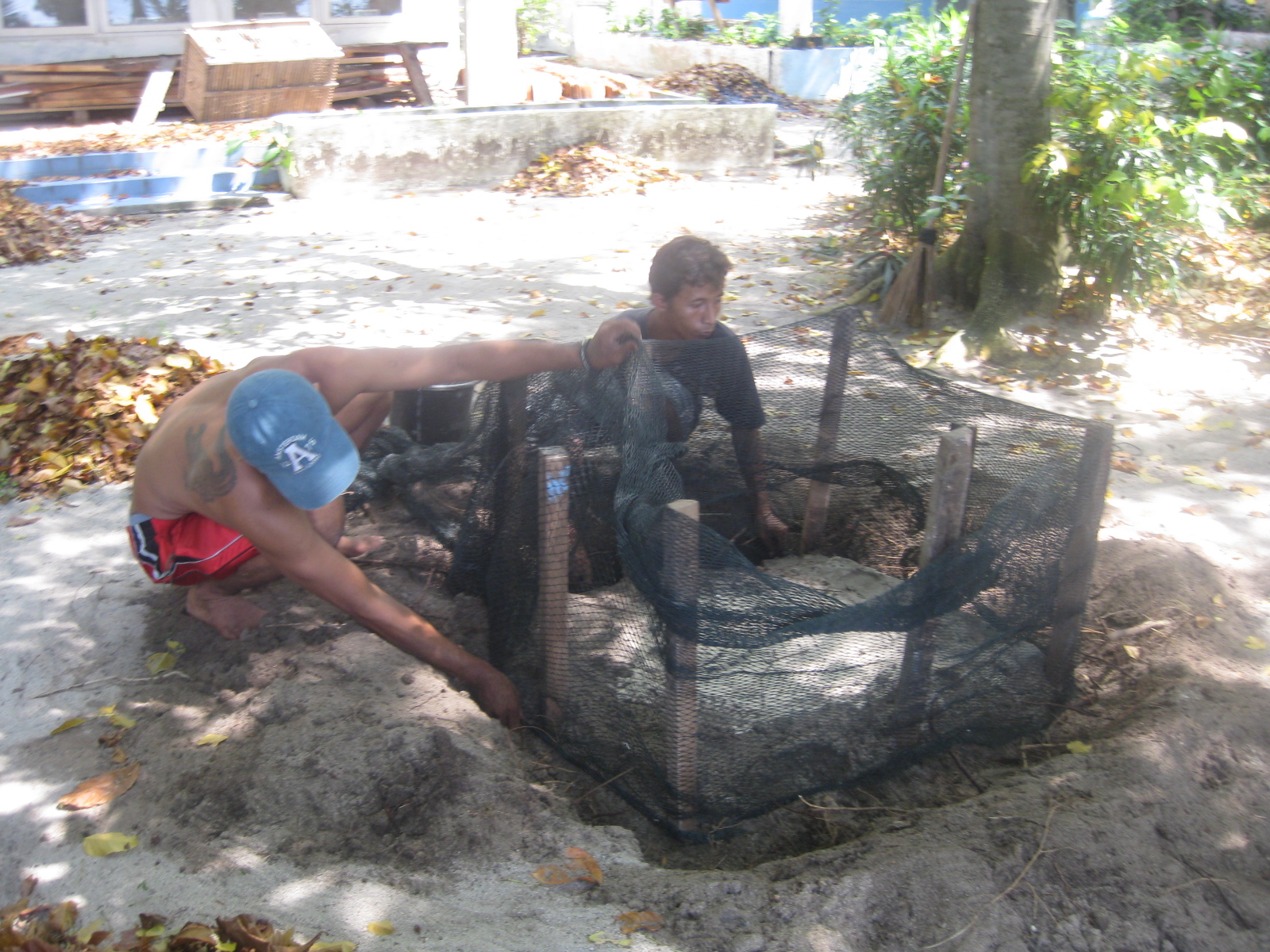

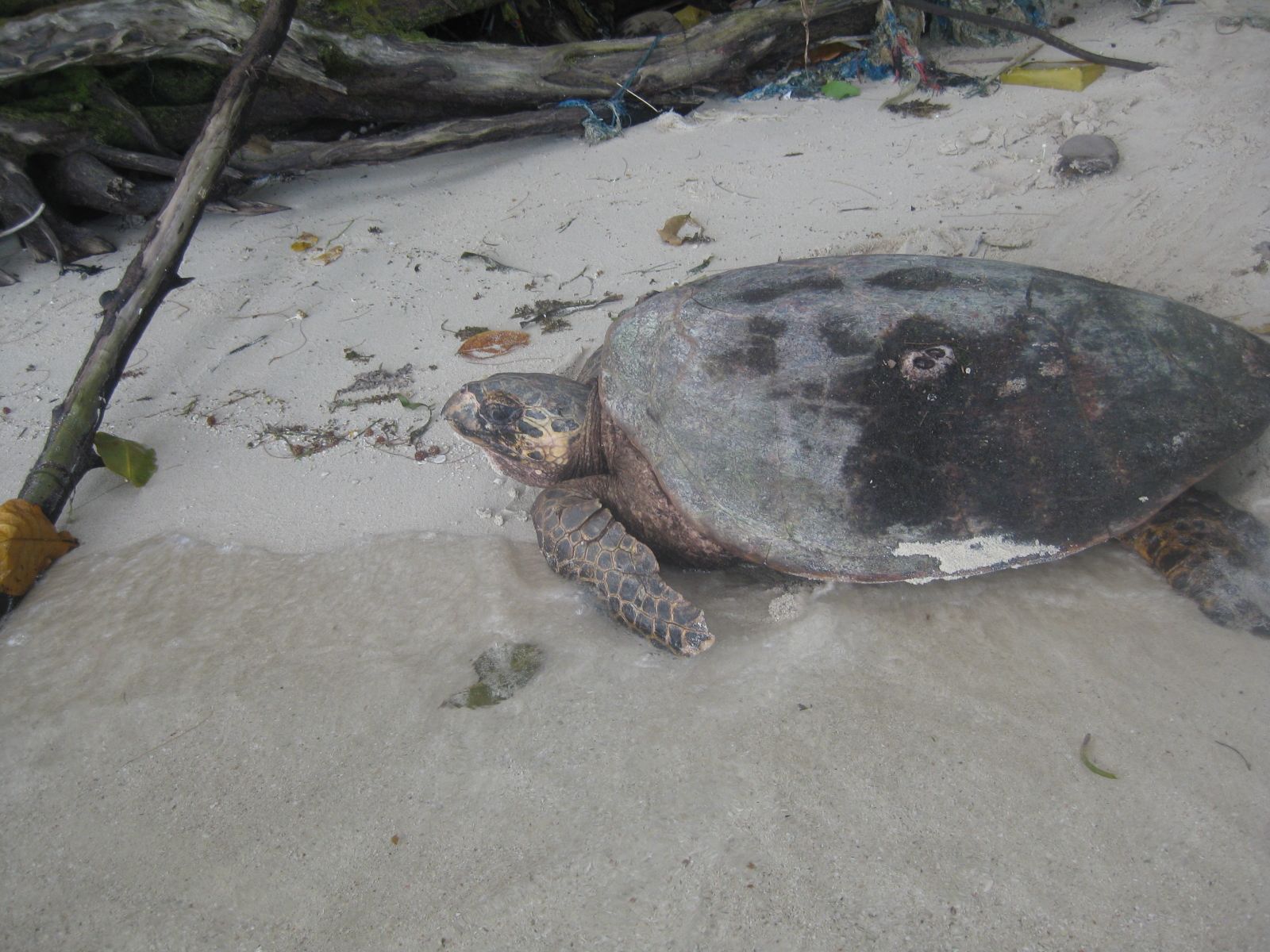
Sea turtles are protected in Indonesia under both regulations by the Ministry of
Environment and Forestry as well as the Fisheries Department yet the trade in live
sea turtles is still a huge issue, and mostly concentrated in Bali.
Also irresponsible fast speedboats / jetskis can harm sea turtles, and sadly we receive seaturtles with
propellor wounds in need of treatment. Also plastic and fishing rope ingestion has
been one of the reasons for seaturtles in need of treatment.
We nurse the live sea turtles seized by the authorities and wounded / stranded
seaturtles in need of help at the ‘Umah Lumba’ facility in West Bali
- treating the turtles and ensuring their safe return to the ocean
raising awareness of local communities to the need to protect turtles and their
habitat.
If you want to learn more about how to save turtles click on this link
